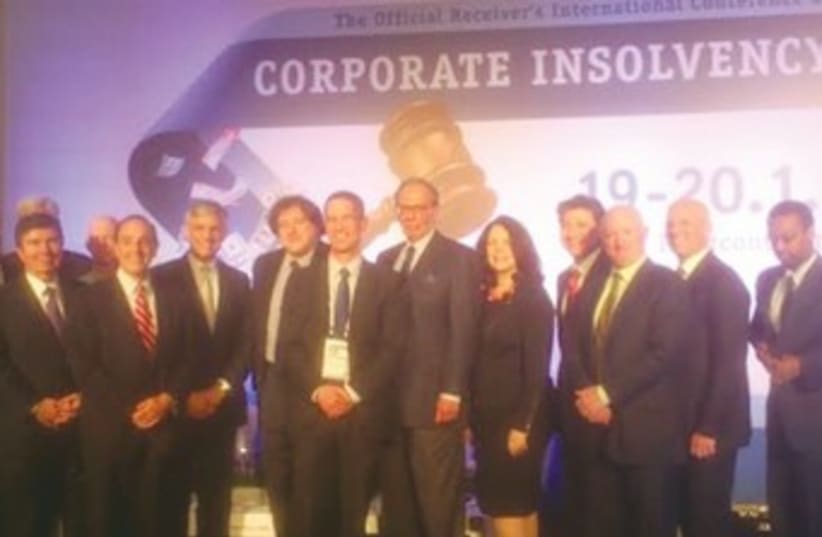Business trends favored suburban malls over “main street” businesses, whose fortunes, along with garment center businesses, were rising and falling, and many garment center Jewish businesses and main street businesses hired Jewish lawyers.
Jews were also able to get into the bankruptcy practice since it was viewed as “not attractive,” since at the time “bankruptcy referees strictly enforced lower fees,” said Miller.
“The Jewish bar” then came up with creative interpretations about the “purpose of the Bankruptcy Code” being to “preserve jobs and preserve businesses” to help save many of these troubled businesses.
Miller said that the $1 billion bankruptcy in 1976 of W.T. Grant Co., which had more than 1,100 variety stores, helped significantly raise fees charged for these cases.
“When Wall Street learned there was gold in the hills, they came piling in,” he quoted Conrad “Connie” Duberstein, former chief judge of the US Bankruptcy Court for the Eastern District of New York, as saying.
Subsequently, “White shoe firms hired Jewish lawyers to handle Jewish and other bankruptcies,” said Miller.While Miller’s accomplishments are unique, in many ways he views his narrative as tied into the love story of the US Jewish bar with bankruptcy practice.
